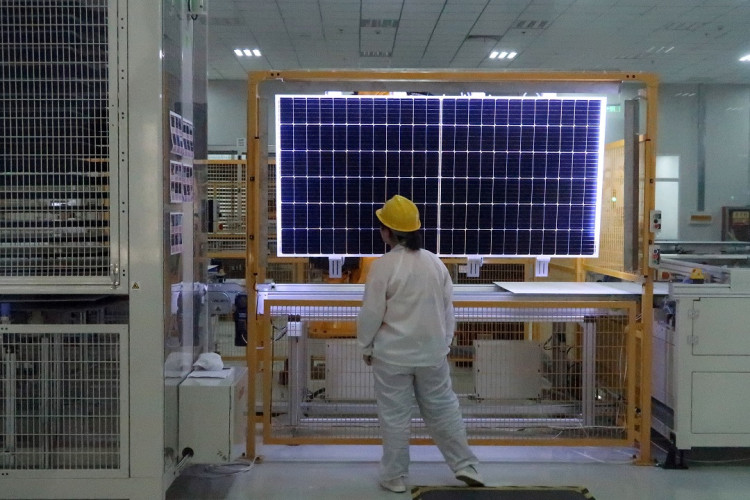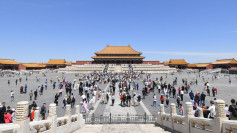China's purchasing managers' index (PMI) managed to remain stable for the month of December, staying put at a solid 50.2 despite the global headwinds brought about by the country's ongoing trade dispute with the United States.
According to a report published by the National Bureau of Statistics on Tuesday, the country's PMI remained unchanged from November. The PMI reading still continued to indicate an expansion in China's manufacturing industry.
The reading for December marks the second straight month of expansion. Analysts have pointed out that the continued expansion was partly supported by the increase in supply and demand along with an increase in export orders for the month.
The report further revealed that the sub-index for production had increased by 0.6 points to 53.2 in December on a month-on-month basis. Meanwhile, new orders had fallen slightly to 51.2. The readings still indicated faster expansion for the month when compared to the previous reading.
Import and export volumes had improved for December, with the sub-index for new export orders rising by 1.5 points to 50.3. This was the first expansion for the sub-index since June 2018. The sub-index for imports had also slightly increased by 0.1 points to 49.9. PMI readings for mid-sized enterprises rose by 1.9 points to 5.14 month-on-month, while big enterprises dropped slightly to 50.6.
For the same month, PMI readings for high-tech manufacturing, equipment manufacturing, and consumer goods had all risen for the third straight month. Analysts have pointed out that the continued growth can be attributed to the country's ongoing reforms and constant upgrades with the various sectors.
While the manufacturing PMI has continued to grow, the non-manufacturing sector on the index fell to 53.5 for the month of December. The sub-index for the service sector had also fallen to 59.1. Both indexes are however still in the expansion zone.
The overall positive readings were mainly boosted by the increase in consumption over the holiday season and its accompanying sales and promotions. The readings also signaled the possible stabilization of the country's economy, further bolstered by optimism on future market prospects.
The full-year data showed that China was still able to maintain a relatively stable economic development for the entire year as a whole. These likely points to how China has remained economically resilient despite the apparent risks and headwinds that have continued to threaten its economic growth. The positive results have also managed to increase confidence in the prospects for the coming year. Although it still remains to be seen how things will pan out in 2020.






